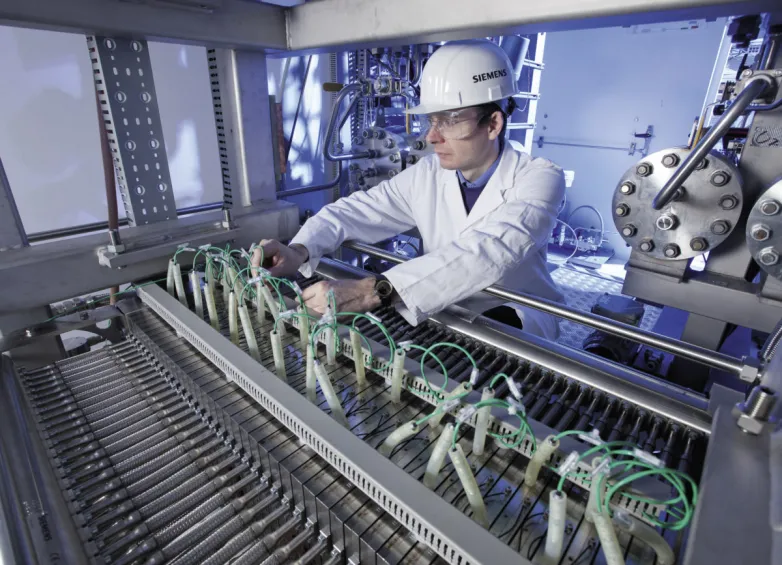Fate of green hydrogen depends on ever cheaper renewables – for now
Oct 22, 2019 09:37 PM ET
- Analyst WoodMac has spelled out the urgent need to decarbonize the global hydrogen production industry. While the fuel can offer a sustainable grid balancing act for intermittent renewables, in its current fossil-fuel driven form it is pumping out more than 800 tons of carbon into the atmosphere every year.

Green hydrogen production will be able to compete on cost with fossil-fuel hydrogen by 2030 in Australia, Germany and Japan – but only if renewable energy prices continue to tumble or more policy levers are pulled.
That is the chief finding of a report published today by Scottish analyst Wood Mackenzie, which predicted the 252 MW of green hydrogen production capacity expected worldwide this year will expand to 3,205 MW by 2025.
The urgent need for renewable-energy produced hydrogen was explained by WoodMac not only as an energy storage grid balancing alternative to fossil fuel power plants but also because of the hugely damaging CO2 emissions created during the production of hydrogen at present for use in other sectors.
With hydrogen required for oil refining, steelmaking and the production of ammonia and methanol, oil and gas are the dominant fuels used in its creation, especially in China and the U.S.
Carbon intensive
WoodMac said green hydrogen makes up less than 1% of global production of the element at present and estimated 830 tons of CO2 was emitted by the hydrogen production industry in 2017, more than the carbon footprint of the German economy (797 tons) or global shipping (677 tons).
The WoodMac report predicts interest in green hydrogen in east Asia, and among “international stakeholders”, will be sufficient to drive the expected expansion of production capacity to 2025 and increased deployment will lower capital expenditure costs.
For sustainable hydrogen to compete with its fossil fuel equivalent, however, renewable energy will have to continue its rapid cost decline. For instance, solar and wind power purchase agreement prices would have to fall from $53-153/MWh in Australia, Germany and Japan today to around $30/MWh to create a level playing field for green hydrogen in those markets in 11 years’ time.
WoodMac senior analyst Ben Gallagher pointed out, however, the sustainable version of the element could be helped along by more ambitious policy support, such as carbon accounting, as well as by introducing incentives for grid flexibility services.
Also read
- CSIRO Unveils Beam-Down Solar Reactor, Pushing Green Hydrogen Frontiers
- Neom’s 2.2-GW Green Hydrogen Plant Nears Finish Amid Buyer Shortfall
- SEF 2025 Kyiv: Forum on Innovation and the Restoration of Ukraine’s Energy Sector
- Energy Estate Enters US with California Hydrogen Hub Purchase
- Neom’s Giant Hydrogen Project Stalls Amid Buyer Shortage, Faces Slowdown
